Some tyres live a long but not very glorious life, rolling away for tens of thousands of miles.
Others, as the cliché goes, live fast and die young, burned up by race cars – even those doing endurance events.
Unlike most GT3 races, where the regulations require all cars to run on the same tyres, the rules of the Nürburgring 24 Hours allow multiple tyre suppliers.
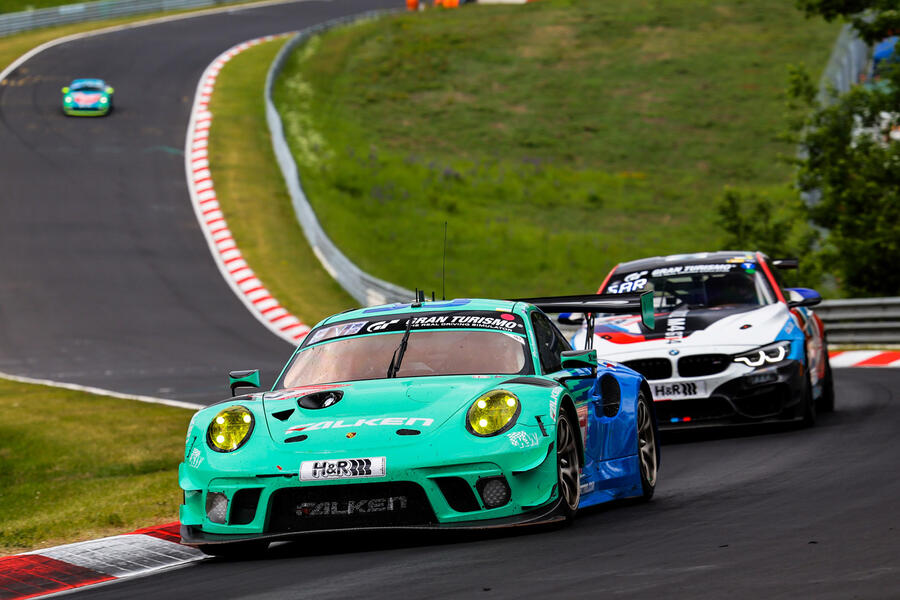
Falken’s N24 GT3 race tyres are all made in Japan, but they compete only here in Germany, and solely by the Porsche 911 GT3 R pairing of the company’s own race team.
On the sidewall of each tyre is a barcode. This is used by the race organisers to check when a tyre is used and by Falken to manage its stock. Conveniently, this allows us to follow the life of a soft-compound slick tyre throughout the weekend.
Qualifying passes and the race starts before our chosen tyre sees any action. With the weather remaining dry and the cooler temperatures of the night approaching, the perfect conditions for the sticky slick are looming. Well before it might be needed, it’s mated with a wheel in Falken’s temporary mounting station and then, like a high-level athlete, wrapped up in a heated jacket to get warmed through.
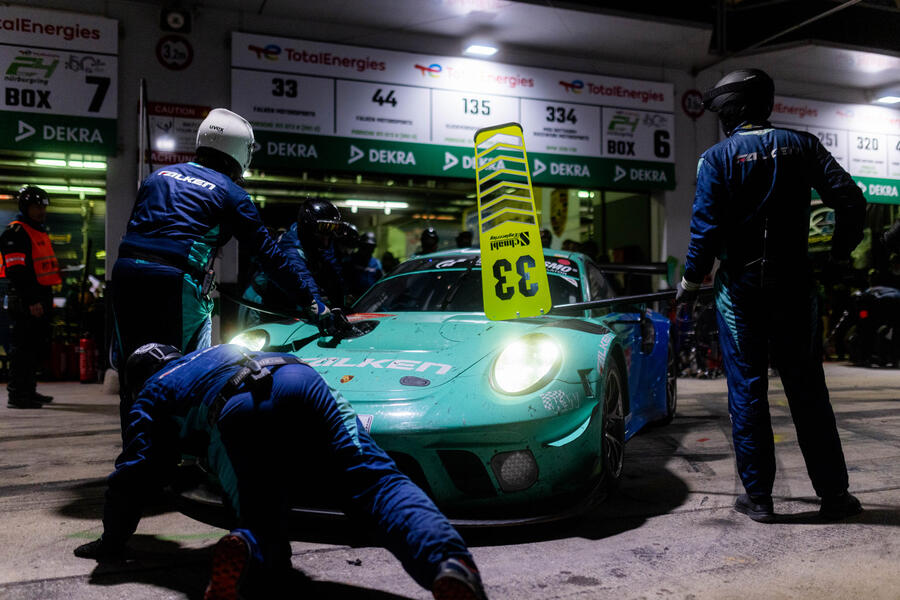


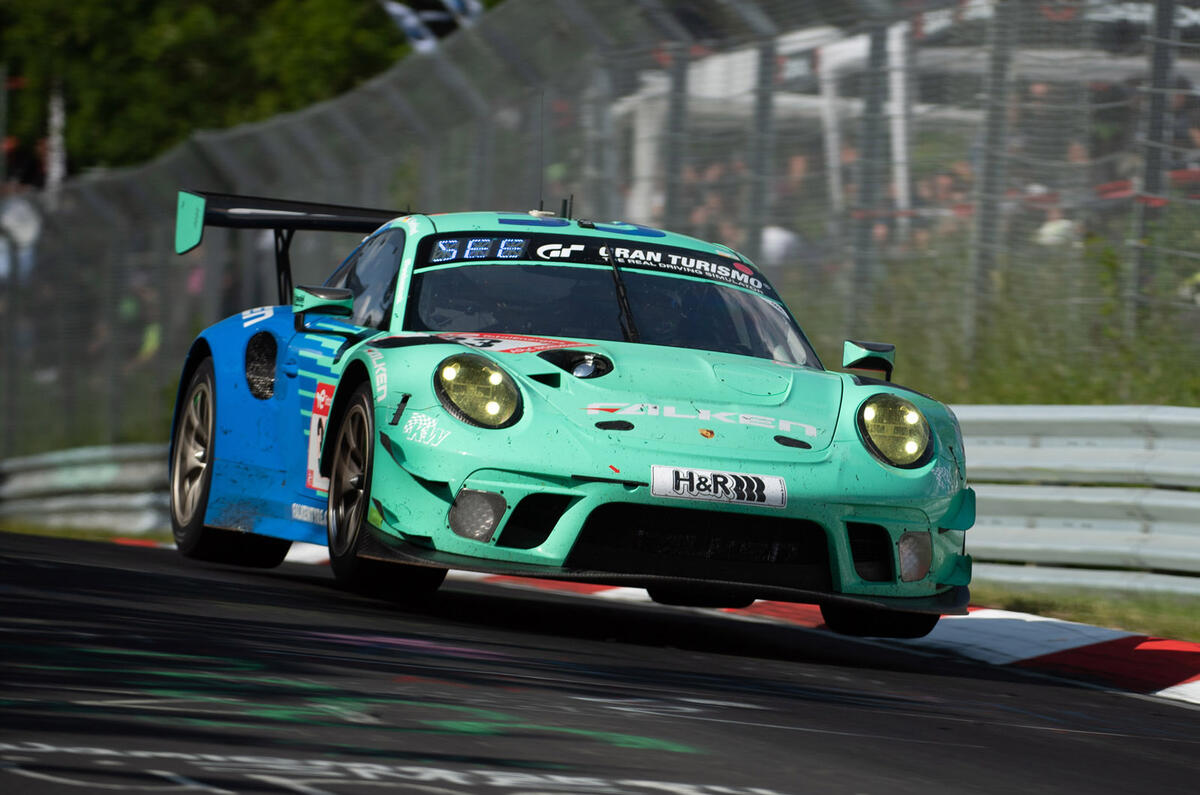
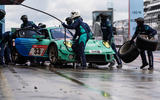
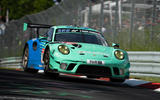

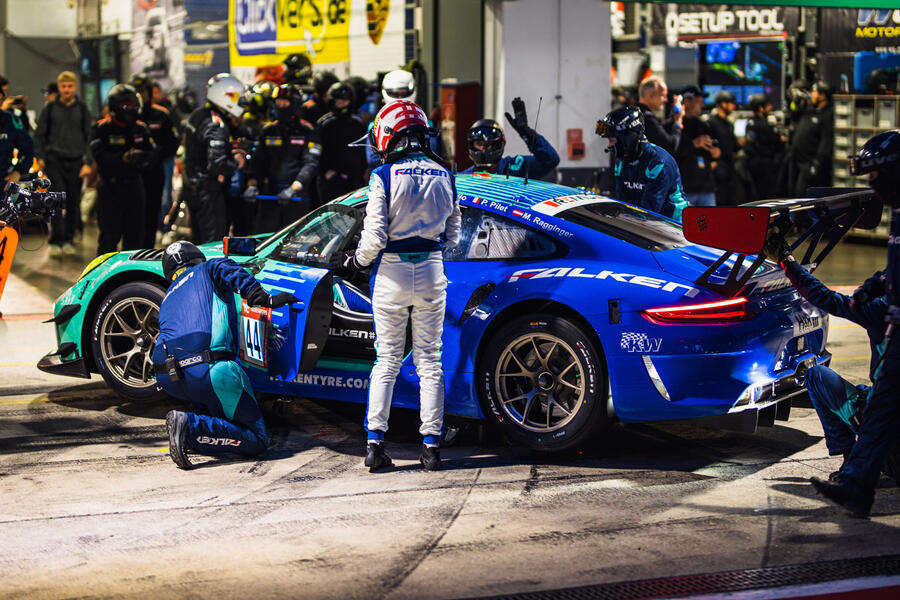
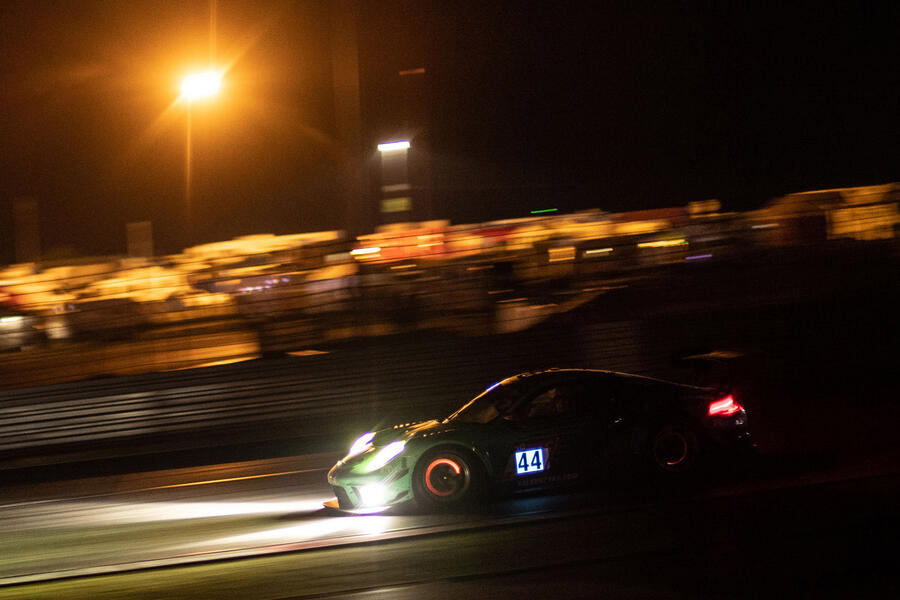
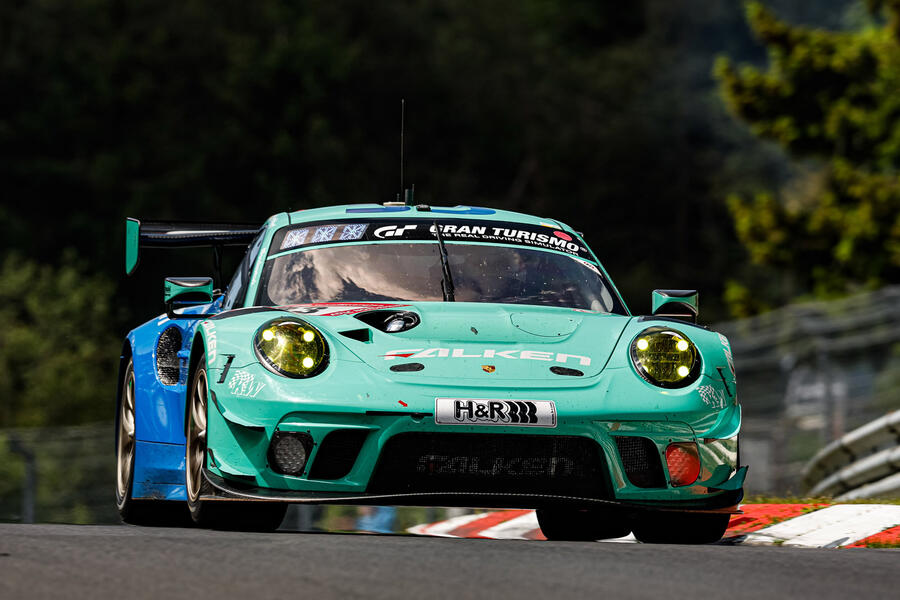
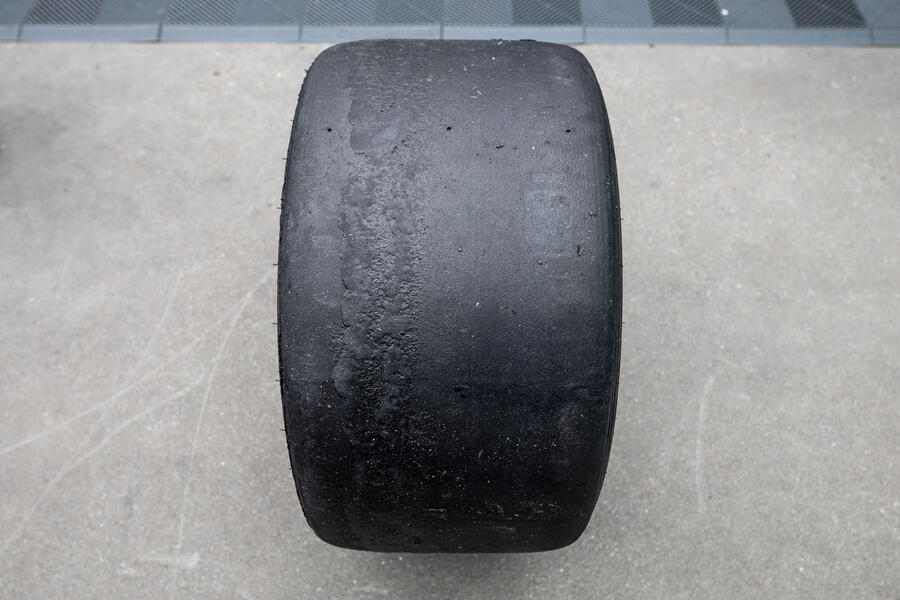
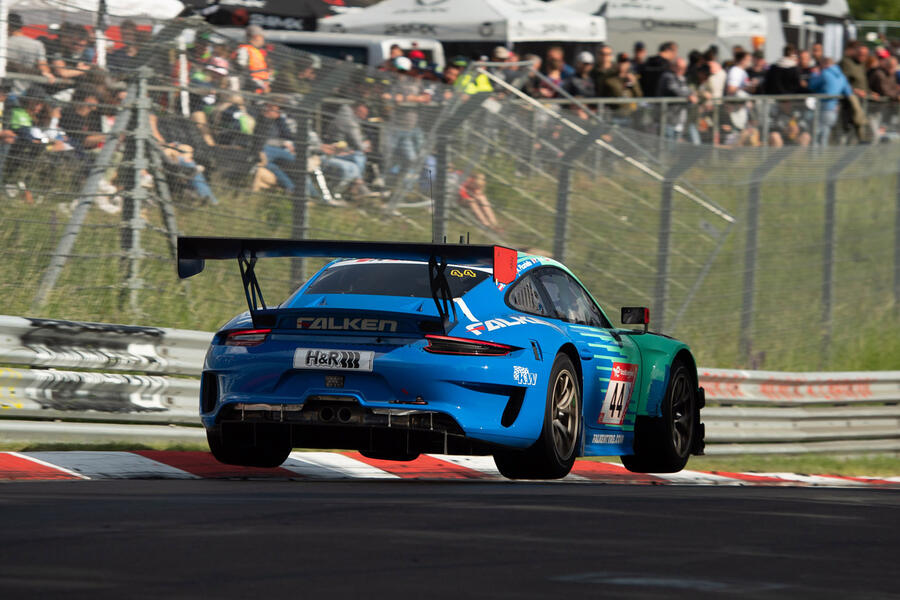

Add your comment